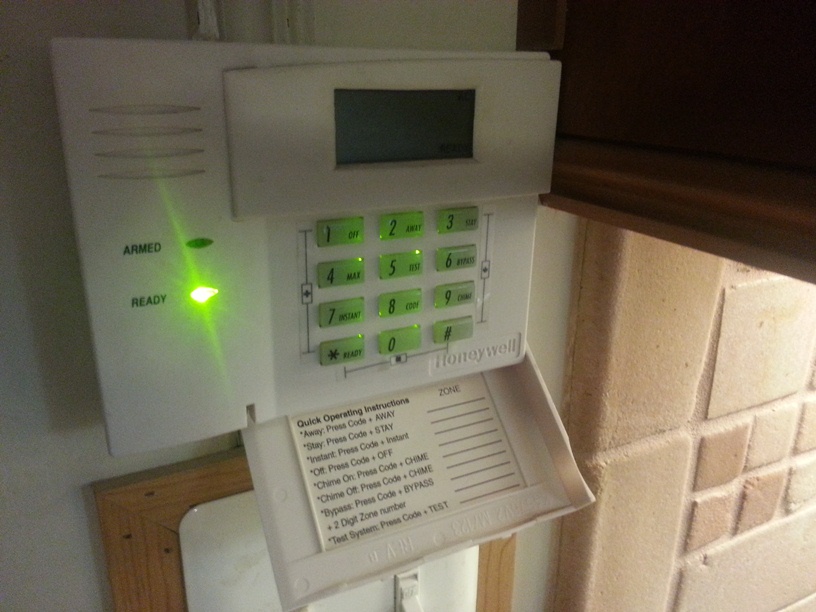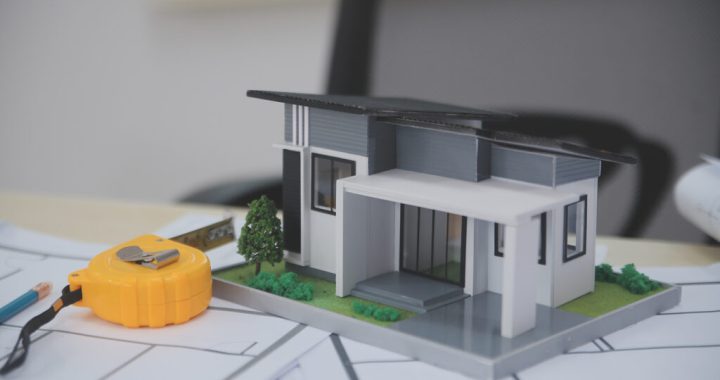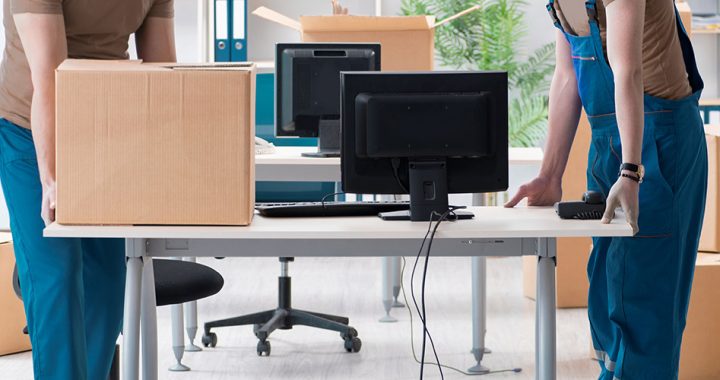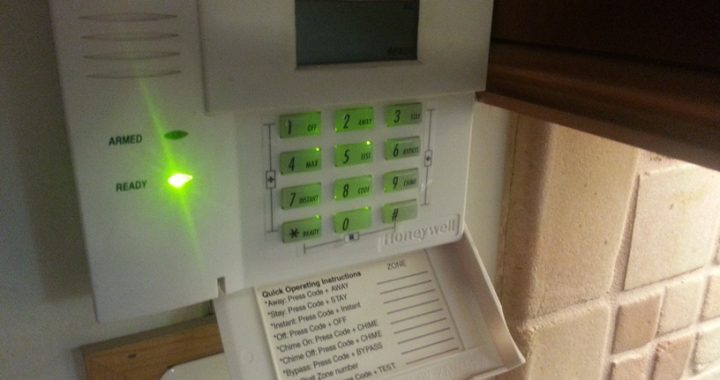What Happens After Your Security Alarm Goes Off?

Most people think the loud sound from a home alarm is what keeps intruders away. It definitely helps—but it’s not the full story. That noise might scare someone off for a minute, but what really matters is what happens next.
Once the alarm is triggered, what steps are taken? Who responds? And how quickly? That’s the part a lot of people don’t fully understand. Security isn’t just about setting an alarm and hoping for the best. It’s about how fast someone reacts when that system goes off.
It Doesn’t Stop at the Alarm
The siren might grab attention, but it doesn’t do much on its own—especially if no one hears it or isn’t around to do anything. Some break-ins happen during the day when homes are empty. Others happen at night while people are asleep. Either way, the alarm can only do so much if there’s no backup.
That’s why professional monitoring matters. Systems that include 24/7 Back to Base Monitoring send an instant alert to a control center the moment an alarm is triggered. From there, trained staff check what caused the alert and take action—fast. Whether it’s a real break-in or something else, someone is paying attention the second that alarm goes off.
Inside the Monitoring Center
So what actually happens when the signal hits the control room? The setup is more advanced than most people think. The monitoring center is staffed by professionals trained to handle emergencies. They’re surrounded by screens and systems that show live information from properties all over the area.
As soon as they get an alert, they assess the situation. If your system includes security cameras or motion sensors, they may be able to view footage or check logs. If it’s clear there’s a break-in—or if no one answers a verification call—they’ll notify emergency services right away.
This all happens in a matter of seconds. There’s no waiting around. No wondering who to call or how to explain what’s going on. The team handles it, and help is already on the way.
Why Quick Response Really Matters
Speed is everything in a security situation. The faster a response comes, the less time someone has to cause damage, take valuables, or disappear. That’s the biggest advantage of a monitored system. It turns your security alarm from just a warning sound into a real-time call for help.
With just a standard alarm, you’re counting on someone nearby to hear it and react. With back to base monitoring, you’re not depending on luck. You’re backed by a system built to respond instantly, 24 hours a day.
And even if the situation turns out to be a false alarm—like someone entering the wrong code—it’s better to have someone check and confirm than to risk missing something real.
It’s Not Just About Intruders
People usually connect alarms with burglars, but monitoring systems do a lot more than that. Fires, gas leaks, or flooding can all trigger alerts if your system has the right sensors in place. And when that happens, a monitored response can be lifesaving.
For example, if there’s smoke in the house while no one’s home, the system can detect it and alert the center. From there, they’ll contact the fire department. That kind of speed can stop a disaster before it grows. Some systems even include personal emergency buttons for people with health concerns, so they can call for help with just one press.
Monitoring adds a layer of safety that covers more than just crime. It’s full coverage for your home, even when you’re not there to manage it.
You Don’t Have to Be There for It to Work
A great part of having professional monitoring is that it works without you needing to do anything. You don’t have to hear the alarm or be near your phone. You don’t even have to remember to check your security camera feed.
The monitoring center does all that for you. You can be out running errands, at work, or on a trip, and the response is still the same. It’s always active and always ready. That kind of consistency makes a big difference in real emergencies.
Real Protection vs. the Illusion of Safety
There’s a big difference between feeling safe and actually being protected. A camera or alarm might look impressive, but if no one responds when something happens, they’re just for show.
Professional monitoring closes that gap. It takes a system that could just make noise and turns it into something that takes action. That’s a major shift—and it’s why more people are turning to monitored systems instead of relying on basic alarms alone.
This isn’t about being overly cautious or worrying constantly. It’s about knowing that if something does happen, it will be handled quickly and properly.
It’s Not About Doing More—It’s About Being Ready
Security systems should give people peace of mind, not more to worry about. The goal isn’t to check your phone every five minutes or hope your neighbors are paying attention. The goal is to know that if something serious happens, it will be seen and acted on—without delay.
That’s what a back to base system provides. It’s quiet in the background until it needs to jump into action. And when it does, it doesn’t hesitate.
Always Watching, Always Ready
When an alarm sounds, it should mean more than just noise. It should mean something’s already happening to protect your home. A monitored system adds that response—automatically, every time, no matter what.
The loud siren might get attention, but it’s the trained team on the other end that really makes the difference. They’re ready 24/7, whether it’s a break-in, a fire, or a medical alert. That kind of support turns a basic alarm into a full protection system.
And when it comes to safety, that difference is what really matters.

 How Make-Good Services Ensure Smooth Lease Transitions and Compliance
How Make-Good Services Ensure Smooth Lease Transitions and Compliance  The Shift from Concept to Real-World 3D Build Projects
The Shift from Concept to Real-World 3D Build Projects  Effortless Office Moves in Melbourne
Effortless Office Moves in Melbourne  SEBI’s Latest Regulations for Investment Advisory Services in India
SEBI’s Latest Regulations for Investment Advisory Services in India  Exploring the Most Effective Business Services for Entrepreneurs
Exploring the Most Effective Business Services for Entrepreneurs  How Business Services Contribute to Long-Term Success
How Business Services Contribute to Long-Term Success  What Happens After Your Security Alarm Goes Off?
What Happens After Your Security Alarm Goes Off?  The Evolution of Industry: From the Industrial Revolution to the Age of Automation
The Evolution of Industry: From the Industrial Revolution to the Age of Automation